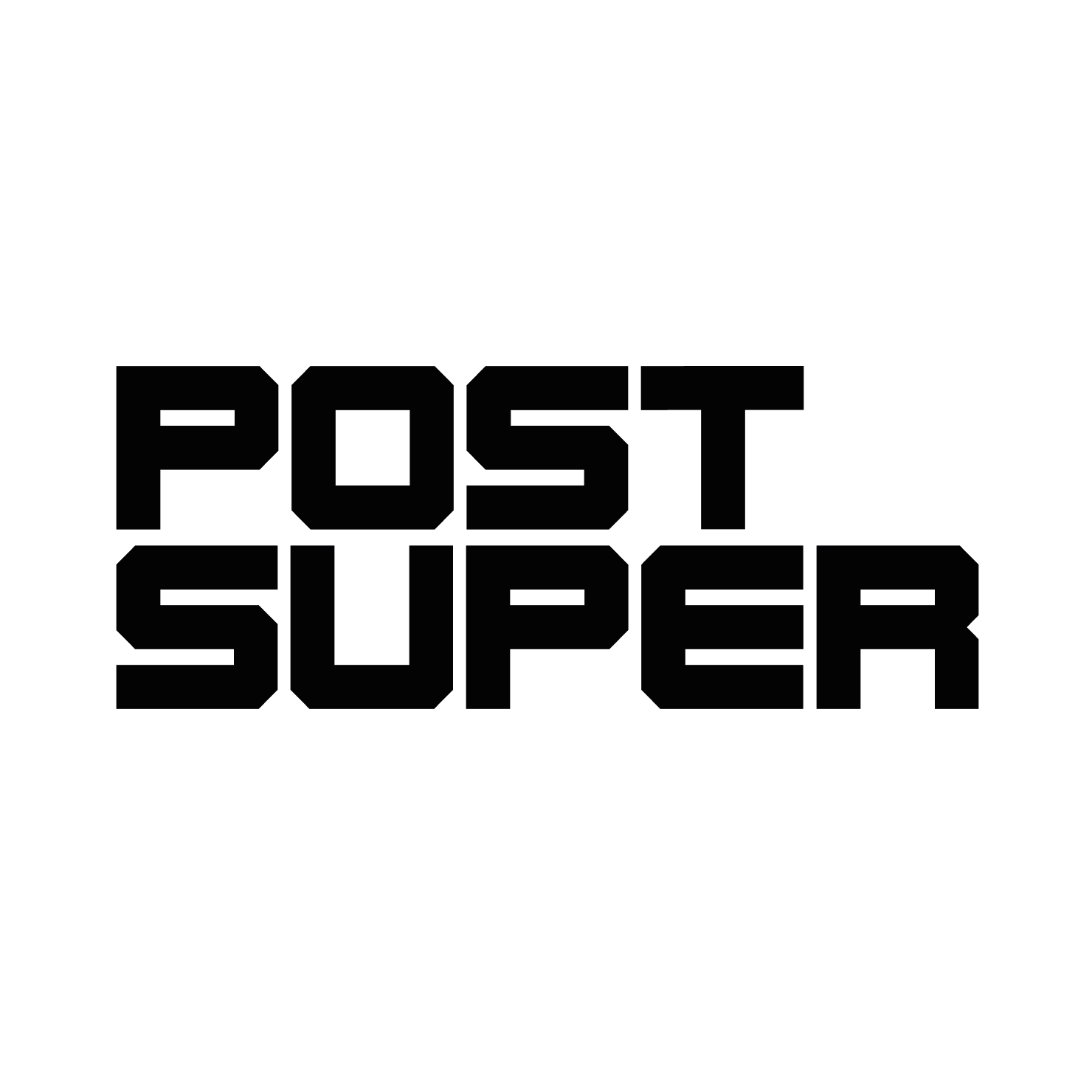At Signiant, we’ve spent years helping media companies optimize how they move and manage content, and the growing momentum around camera-to-cloud workflows reflects a shift we’ve long seen coming. Now, that shift is accelerating — with Signiant.
So, the question becomes: what if that waiting could disappear?
And then there’s Signiant.
What makes Signiant different?
Rethinking the Workflow
For feature films and episodics, offloading footage at a DIT station is the current gold standard. It still is for many — a reliable, hands-on method that has served productions well. But even the most efficient setups have limits. In large cinematic projects, even with production and post in the same city, hours can pass before files are available. With productions teams across continents, it can be a full day — or longer — before editorial even begins. That gap introduces real risk: lost drives, corrupted files, failed uploads, shipping delays.
So, the question becomes: what if that waiting could disappear?
What’s Out There Today
Several vendors are contributing to the camera-to-cloud conversation:
- Frame.io Camera-to-Cloud: With Adobe Creative Cloud, Frame.io enables proxy and some original footage uploads with strong collaboration tools and secure delivery. Frame.io has integrations with a variety of cameras and recording devices.
- Blackmagic Cloud: Designed especially for DaVinci Resolve users, this platform supports original camera and proxy files, handing off cleanly into Resolve finishing environments from Blackmagic’s cloud platform.
- Sony Ci Media Cloud: Allows select Sony cameras to send proxies and original file uploads directly to the Ci Workspace and other devices and platforms.
- Atomos Cloud Studio: Paired with Atomos hardware, this solution supports real-time proxy uploads to platforms like Frame.io, Sony Ci, and Media Silo.
And then there’s Signiant.
A Different Kind of Camera-to-Cloud
At the 2025 NAB Show, Signiant demonstrated a camera-to-cloud workflow that turned heads: RAW 8K Q1 footage was transferred directly from a Blackmagic URSA Cine 12K — while it was still recording. Seconds after the director called “cut,” the footage was already arriving at its destination.
What makes Signiant different?
We’re not locked into a single cloud platform. Whether you’re using AWS, Azure, GCP, or on-premises storage, you can send files where you want — fast. And with Media Engine, teams can start reviewing footage immediately. Media Engine streams on-the-fly proxy segments that are transcoded in real time, eliminating the need for pre-generated proxies and saving both time and storage costs.
Why It Matters to Post
Camera-to-cloud isn’t just about speed — it’s about changing the rhythm of production.
Tip: Equip your team with tools that make it easy to share media instantly from anywhere — whether you’re collaborating in real-time during a live stream or distributing final edits after the applause.
- Faster Turnarounds: Footage reaches editorial as it’s shot, not hours (or days) later.
- Better Collaboration: Stakeholders can review from anywhere, enabling fast feedback and approvals.
- Fewer Reshoots: Editors catch missing shots before the crew breaks down.
- Stronger Security: Files don’t travel on drives — they’re encrypted and sent securely to the cloud.
- Smarter Workflows: Time saved in transit becomes time invested in creativity.
The Future Is Closer Than You Think
Of course, challenges remain. Not every camera supports camera-to-cloud. Fewer still can transmit full-resolution originals, especially during recording. And sustained and reliable wireless throughput above 1.5 Gbps — essential for real-time RAW transfers — still requires infrastructure many sets don’t yet have. Even with 10 Gb Ethernet on some models, tethers aren’t always practical.
But the momentum is undeniable. At NAB, demand was up. Vendor solutions are evolving. The conversation is shifting from if to when.
For Signiant, this isn’t just a trend — it’s part of a broader story. A story about removing friction from file movement, about making media available the moment it matters, and about helping teams stay focused on what they do best: creating.
Click here for more info on Signiant
Click here for more info on Signiant

